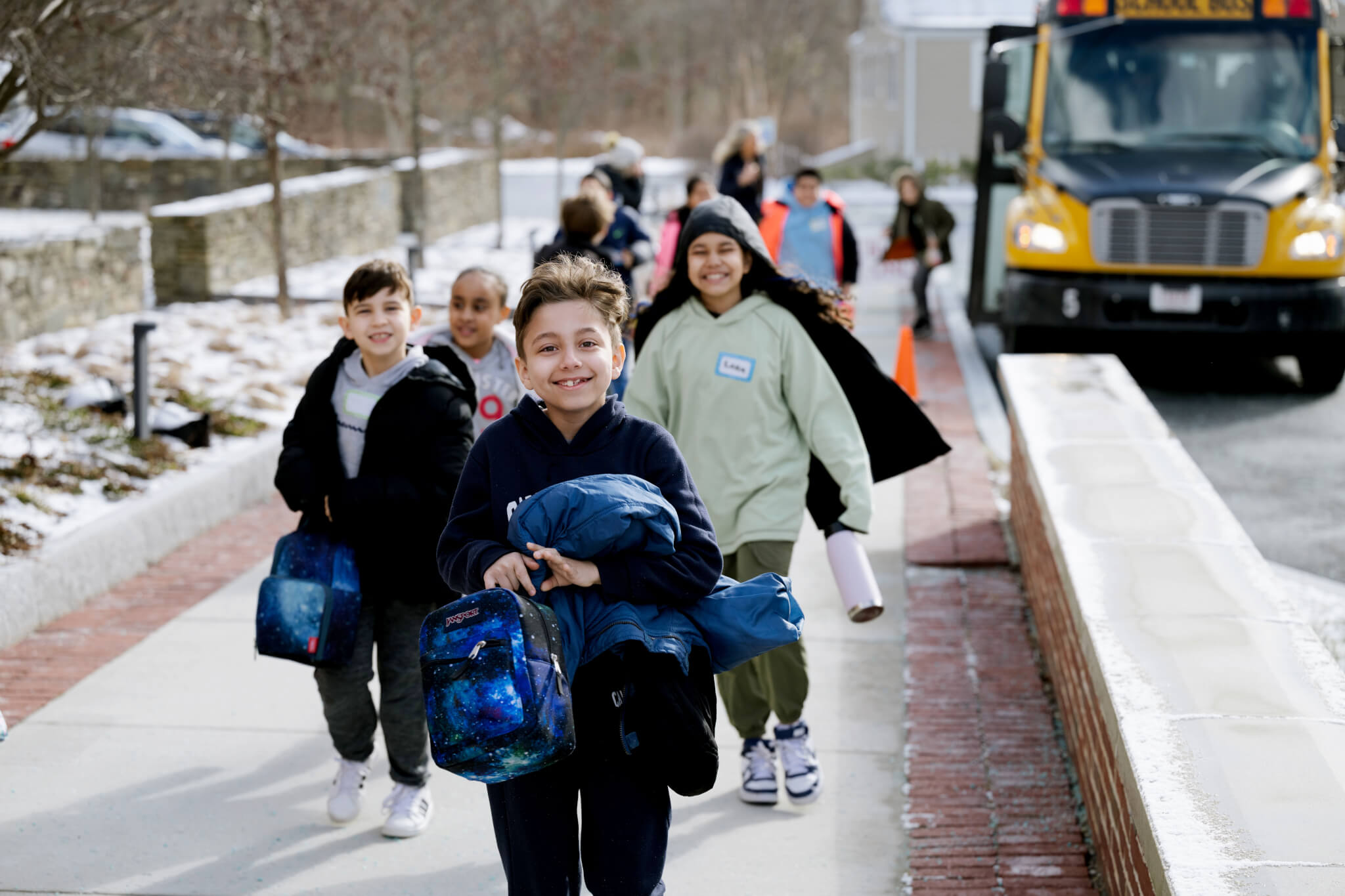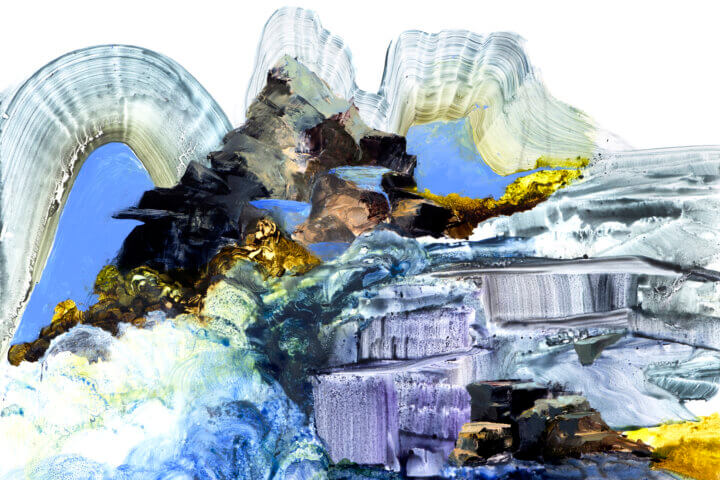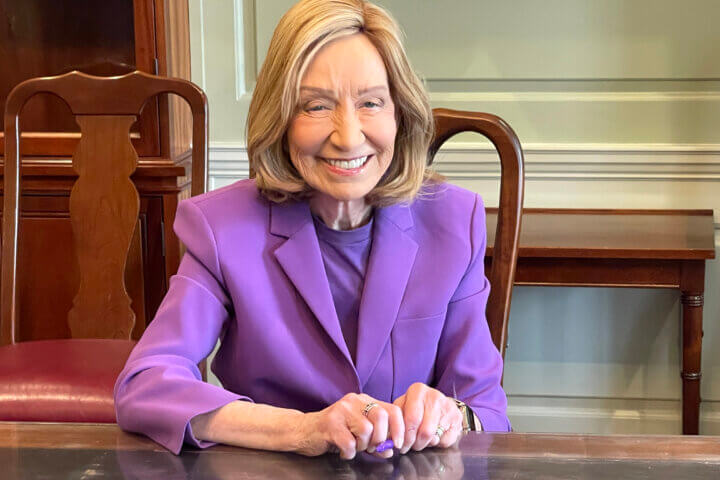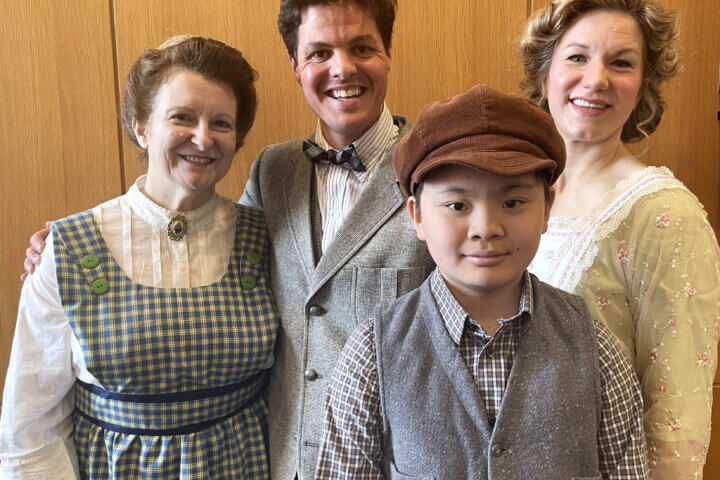By Andrew Stojkovich — Correspondent
If you visit the Concord Museum during the school year, there’s a good chance you’ll see students on a field trip learning about Massachusetts history from scavenger hunts or listening intently to an educator talk about an artifact.
A quarter of these trips come thanks to the Paul Revere’s Ride Fund.
The Concord Museum has been a Massachusetts staple of K-12 education since the 70s. Despite its history as a destination for hands-on learning outside the classroom, the museum team knew it could do more for those students without easy access.
So, in 2014, the Concord Museum created the Paul Revere’s Ride Fund to help disadvantaged students get here.
“We really wanted to be able to reach out to under-resourced communities and see how a museum that’s placed in an affluent town could give back,” said Susan Foster Jones, the Museum’s director of education.
The Museum realized the biggest problem wasn’t scheduling, curriculum, or language accessibility. It was access to transportation.
“Paying for the buses is really what’s prohibitive for so many schools,” said Jones.
The idea was simple: get students to Concord. To make this possible, the museum waives fees and pays for transportation for students.
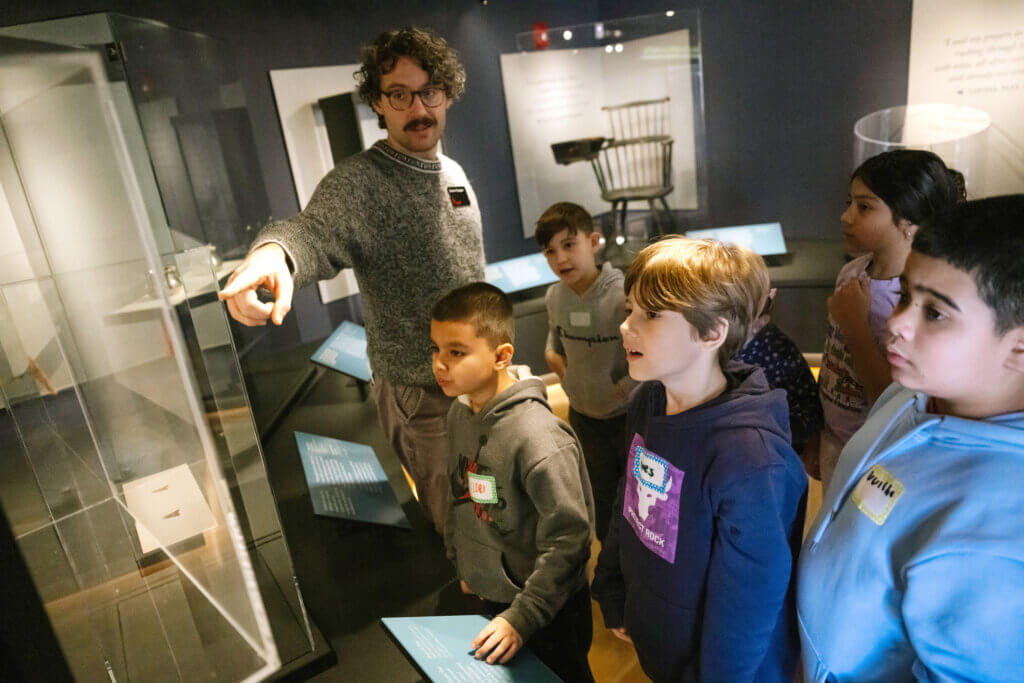
Named by the former Director of Development Sue Gladstone, the Paul Revere’s Ride Fund began as a partnership with the Lowell Public Schools. Quickly thereafter, the program partnered with schools in Lawrence, Lynn, Boston, and Everett.
Since the program began, the museum has helped more than 30,000 students. And though the fund is meant to help get students to the museum, the most important work starts once they arrive.
Most of Paul Revere’s Ride students are learning about local history in school when they visit the museum, in many cases about Indigenous history.
Curriculum coordination
“We’ve worked with the teachers and the curriculum coordinators to develop a program that allows [students] to learn about Native life and culture in this area… to better understand Indigenous history,” said Jones. Through hands-on activities, students develop connections between the classroom and the world outside of it.
“Students will often refer to this trip during a lesson when they remember a connection they made to our content,” said Cara Kane, a fifth-grade history teacher at the Frost Middle School in Lawrence.
For instance, one activity is called “Equivalence.” In it, students compare and contrast artifacts from English settlers and Indigenous communities.
“It was really interesting to watch the kids really get excited about a moccasin or a shoe or a different kind of drinking vessel,” said Katy Morris, the Museum’s director of marketing.
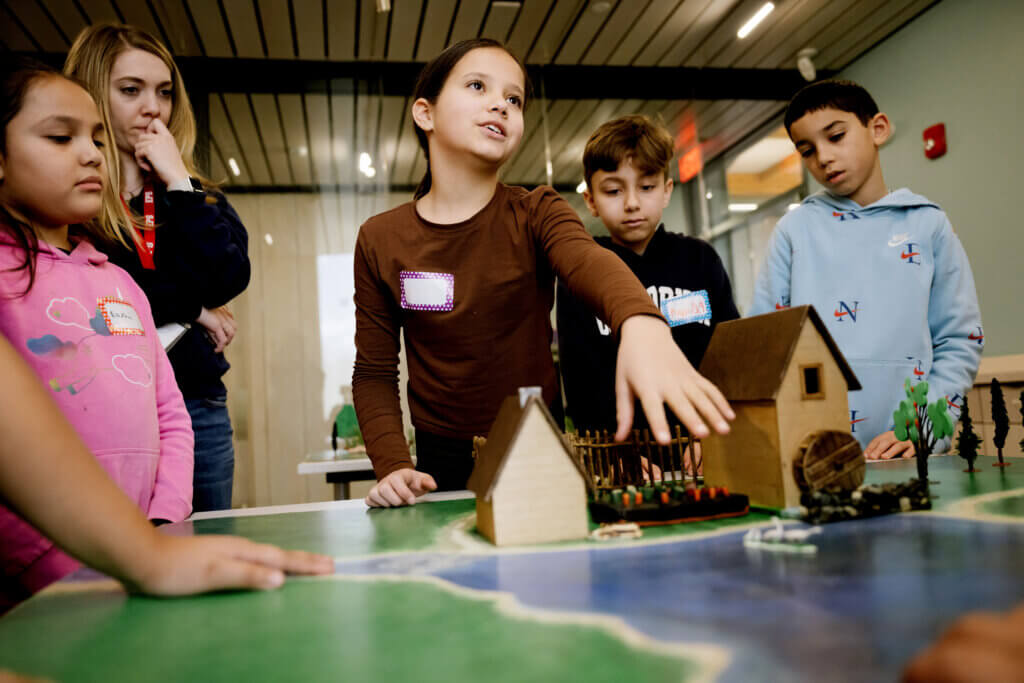
And while the excitement over these everyday historical objects might sound unimportant, it is anything but. The Paul Revere’s Ride Program helps students get excited by the similarities between the past and the present, which is the goal of any history museum — to show visitors that history isn’t so antiquated.
“Many of my students have never been to a museum before, and the opportunity to attend for free gives them a new experience they would not have gotten otherwise,” Kane said.
Connecting underserved students to local history is “something that the Concord community should be so proud of,” said Morris.
“It’s Concord residents who have raised the money, contributed the money, and been dedicated to this program for 10 years,” she said. “We just want to celebrate that with everybody.”


